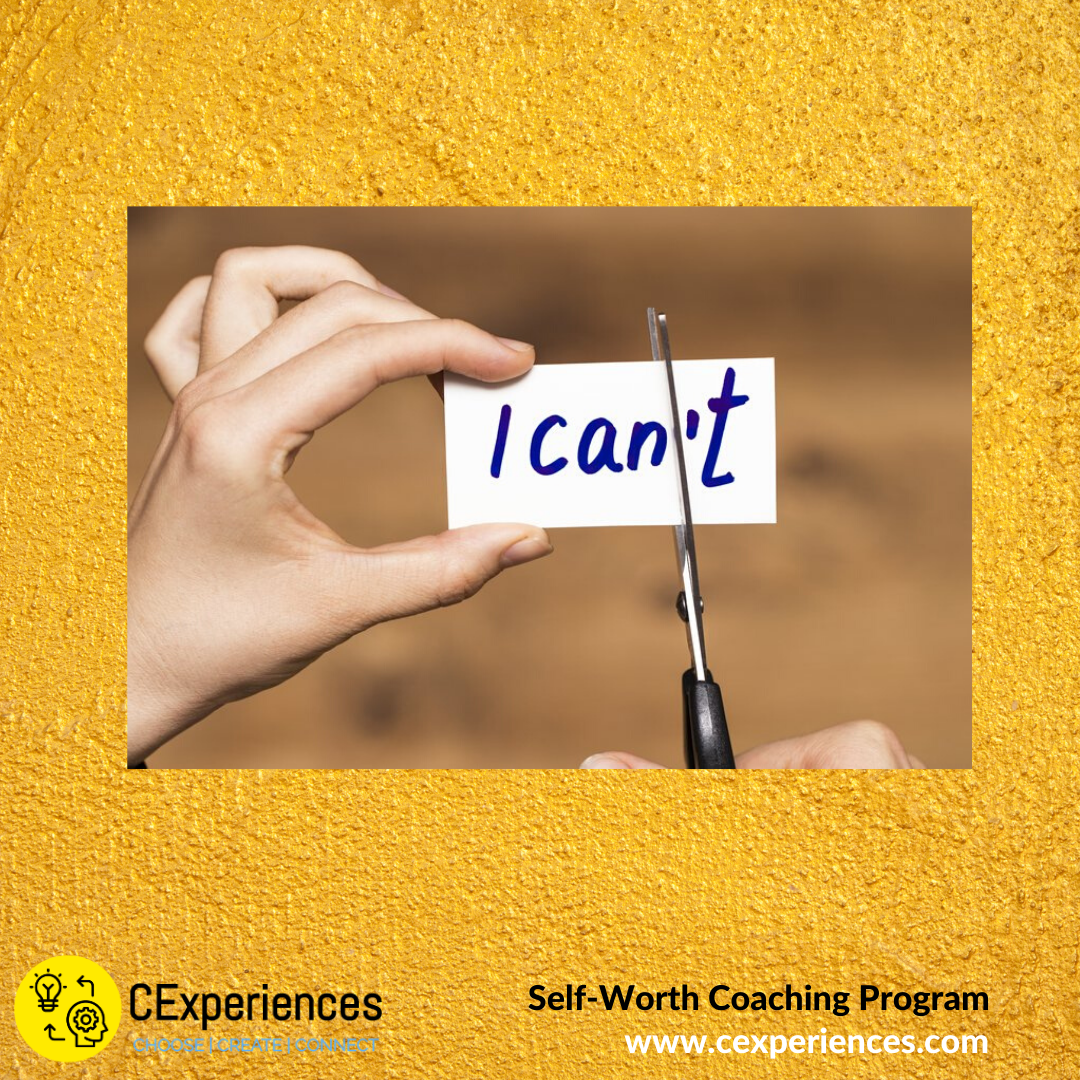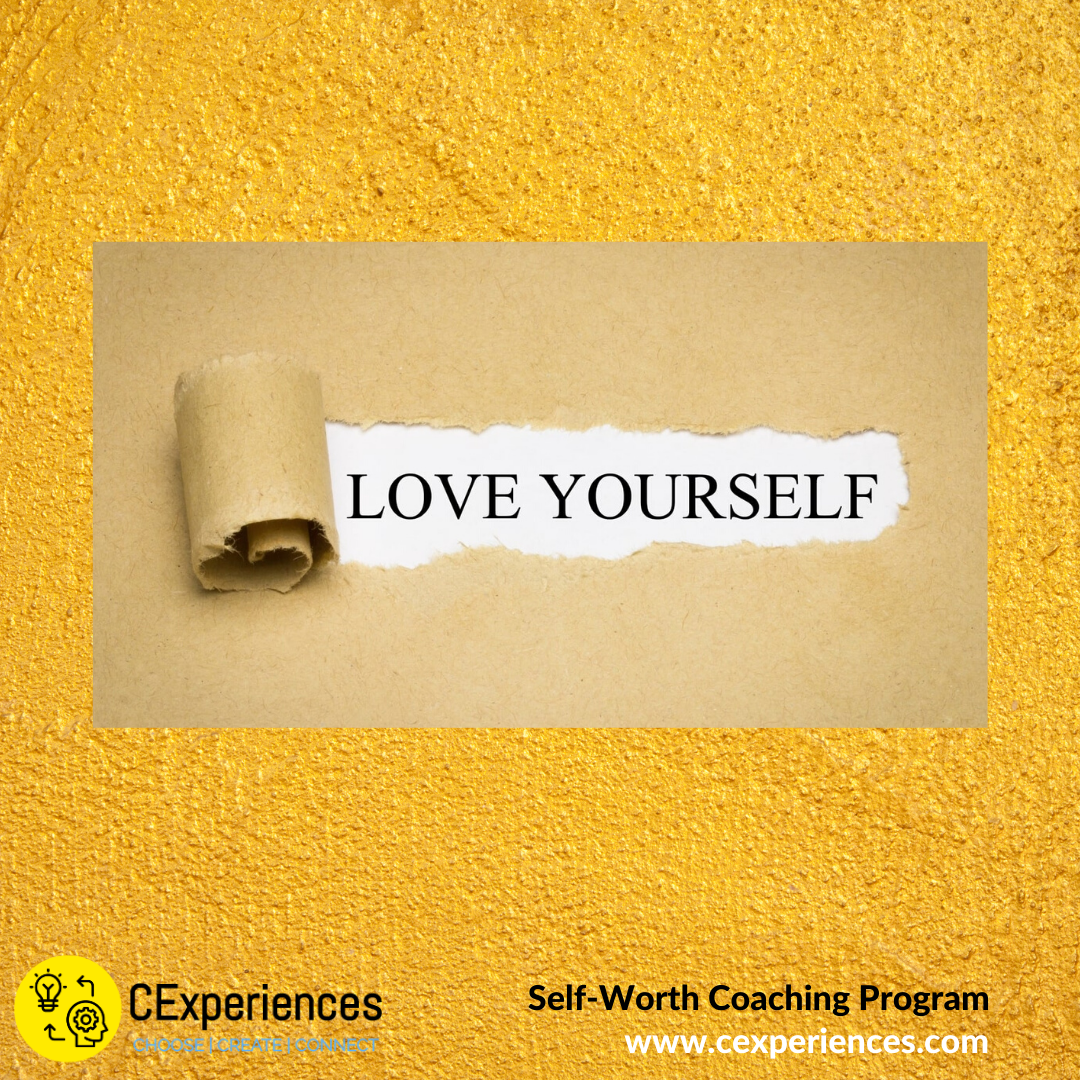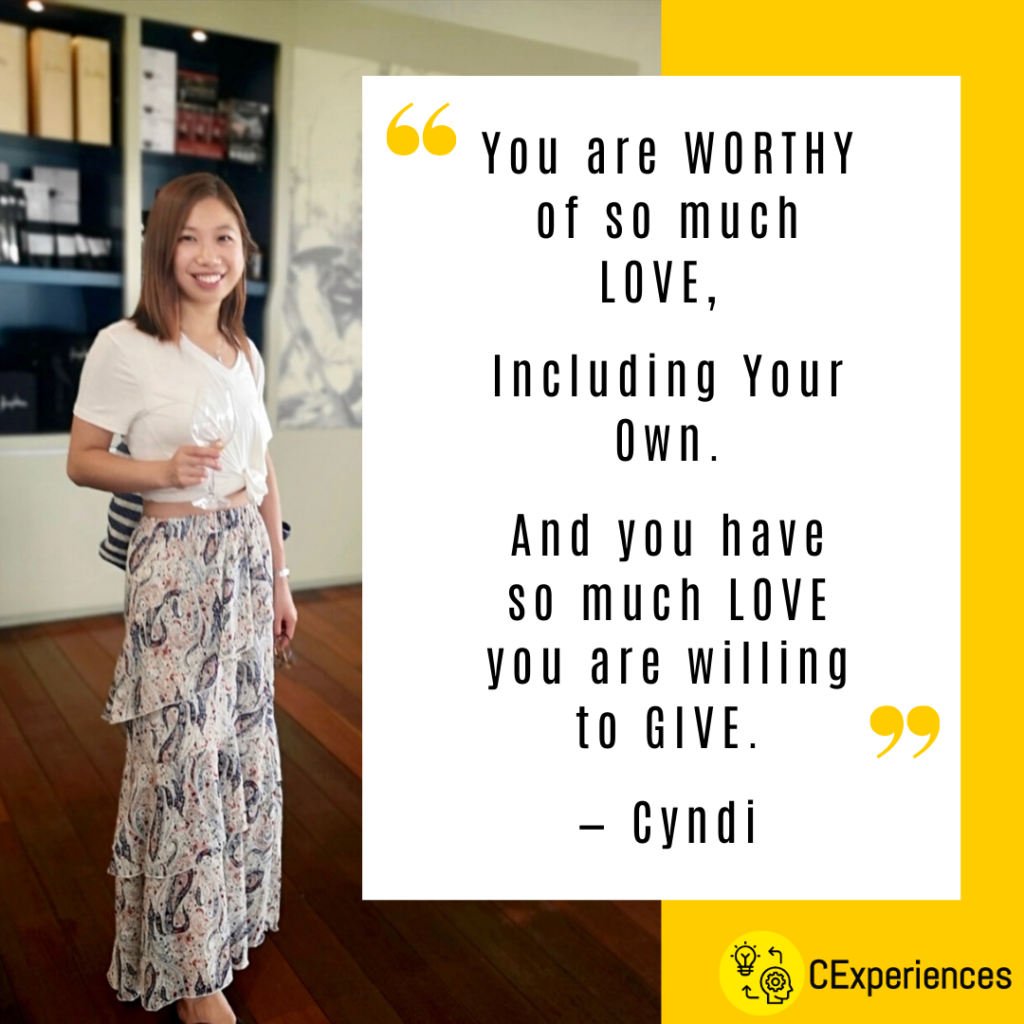#18 How to overcome Fear of Failure?
“Success is not final, failure is not fatal. It is the courage to continue that counts.” – Winston Churchill
Do you want to try something new, meet someone new, or get out of your comfort zone to do something differently, BUT…
Your fear of failure keeps you from trying, creates self-doubt and then you feel frustrated, disappointed and angry with yourself afterwards…
When you allow fear to stop your forward progress in life, you’re likely to miss some great opportunities along the way.
It’s important to develop better self-awareness so that you know what needs to be changed.
8 Signs You Might Have a Fear of Failure:
Can you recognise any of the following signs?
# 1. You worry about what other people think about you.
# 2. You worry about how smart or capable you are.
# 3. You worry that people will lose interest in you.
# 4. You worry about disappointing people whose opinion you value.
# 5. You worry about your ability to pursue the future you desire.
# 6. You tend to tell people beforehand that you don’t expect to succeed in order to lower their expectations.
# 7. You often get last-minute headaches, stomach aches, or other physical symptoms that prevent you from completing your preparation.
# 8. You often procrastinate or get distracted by tasks that prevent you from completing your preparation which, in hindsight, were not as urgent as they seemed at the time.
Once you recognise that you have these signs and/or patterns, what are you going to do about it?
Causes of Fear of Failure:
To find an effective solution to conquer your fear, we first need to understand the causes of your fear of failure.
Fear of failure is often caused by fear of shame or unworthiness.
Trying and failing confirms what one already fears — that one is not good enough. You may often have these negative thoughts or Inner Critic e.g. “I’ll never be good enough to get that promotion,” or “I’m not smart enough to do that…”
The fear of failing can be immobilizing – it can cause us to do nothing, and therefore resist moving forward.
So, what can you do instead?
What can you do to prevent fear of failure from holding you back?
How to Stop Living in FEAR?
Here are some easy and powerful tips to help you overcome Fear of Failure:
Tip 1: Understand what is Fear and how you interpret FEAR.
Write this down, or print out the photo below and post it on your wall.
“FEAR means False Evidence Appearing Real.”
Also, you’re the creator of your own life. It’s up to you to decide how you want to live your life.
Option A: Forget Everything And Run…
Option B: Face Everything And Rise!
The choice is yours!
(Fear is your own imagination. Don’t create a horror story that doesn’t serve you. Pull back, look at a bigger picture and gain some perspectives.)
Tip 2: But, How about Failure? What is failure?
“There is such thing no failure, it’s only Feedback!”
It’s feedback and information to help you find a better way to do things, review, adjust and make changes as required.
Success is NOT a straight line!
Tip 3: Focus your time, energy and resources on what’s in your control.
Things NOT in your control? Learn to ACCEPT!
Things IN your control? TAKE ACTION.
Also, this is very important, TRUST YOURSELF. You already have the power within you to achieve anything you want, learn to be resourceful!
Instead of saying “I Can’t…”, ask yourself “HOW can I…?”
Want More Tips?
Do you want to learn more coaching techniques, practical tips, effective strategies and proven methods to help you overcome your fears, build your confidence, self-worth and skills?
Do you need support and guidance to help you conquer your fears rather than keeping living in fears?
Do you want to fast track your results, get expert experience and insight, blueprint, action plan to achieve what you want in your career/business, relationships, health and other aspects of your life?
Cyndi can help you!
You can start coaching/counselling with Cyndi NOW.

RECOMMENDATION FOR YOU:
Read client testimonials and success stories here.
Get Started or Have a Question?
Simply Book a FREE 30-min call with Cyndi to see how she can help you.
“No matter what you want to achieve, it’s a well-known fact that you’ll always get there faster with support.”
#18 How to overcome Fear of Failure? Read More »

















 Do you have a hard time standing up for yourself?
Do you have a hard time standing up for yourself?  NO BOUNDARIES = LOW SELF-ESTEEM
NO BOUNDARIES = LOW SELF-ESTEEM 








 Need 1-on-1 Support?
Need 1-on-1 Support? For a limited time, I’m offering a FREE 30-min 1-1 self-worth session.
For a limited time, I’m offering a FREE 30-min 1-1 self-worth session.










 Self-Worth Confidence Coaching
Self-Worth Confidence Coaching 





















